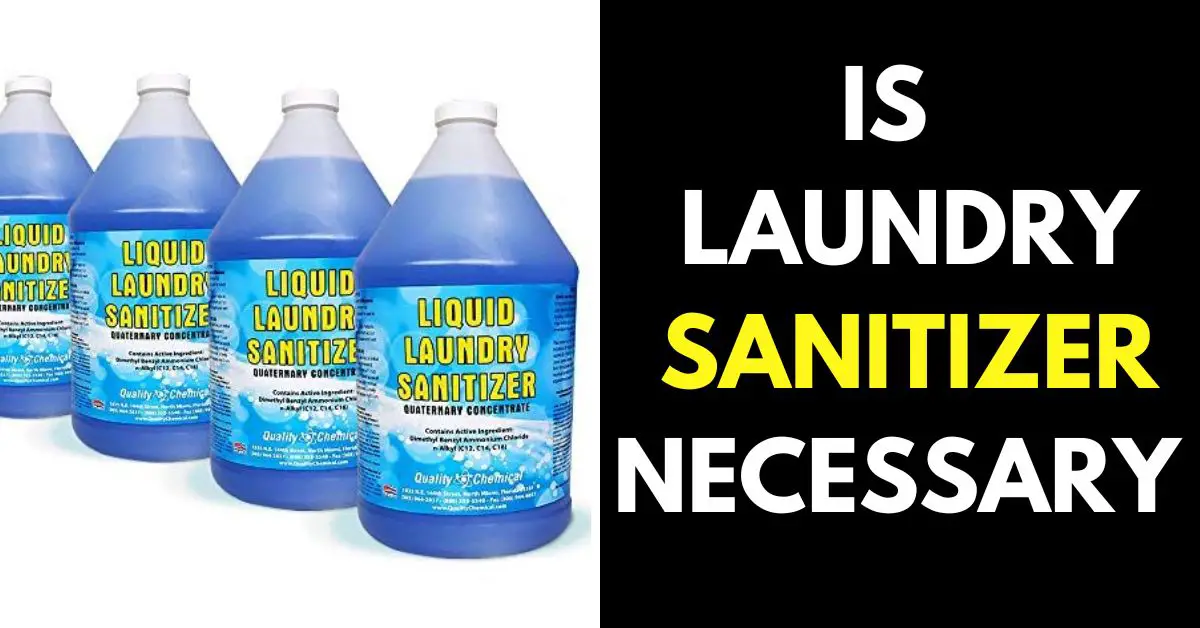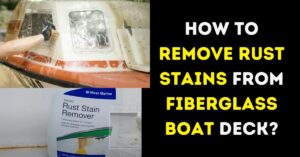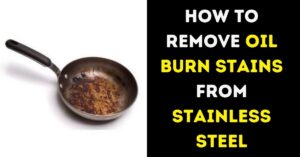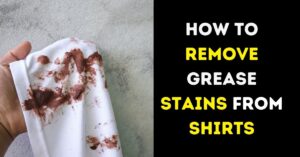
Laundry is an unavoidable part of our daily routine, but have you ever stopped to think about how clean your clothes really are? While washing with detergent and hot water may seem like enough to get the job done, some people are turning to laundry sanitizers for an added layer of protection. But do we really need to use laundry sanitizer, or is it just another gimmick in the cleaning aisle? In this article, we’ll take a closer look at the science behind laundry sanitizers, their benefits, and drawbacks, and ultimately answer the question – is laundry sanitizer necessary? So grab your detergent and let’s dive in!
What is Laundry Sanitizer?
Laundry sanitizer is a product that is designed to kill bacteria, viruses, and other microorganisms that may be present in your laundry. These products typically contain active ingredients such as chlorine bleach, hydrogen peroxide, or quaternary ammonium compounds that have been shown to be effective at disinfecting surfaces and fabrics.

While regular detergent and hot water can remove dirt and stains from clothing, they may not be effective at killing all types of bacteria and viruses. This is especially important if someone in your household is sick, has a weakened immune system, or if you work in a high-risk environment such as a hospital or laboratory.
Laundry sanitizers can also be useful for removing stubborn odors from clothing, such as those caused by sweat or mildew. They can be particularly helpful for items that are difficult to wash, such as stuffed animals, pillows, or blankets.
What Does Laundry Sanitizer Do to Your Clothes?
Laundry sanitizer is designed to kill bacteria, viruses, and other microorganisms that may be present on your clothes. When you use a laundry sanitizer, it can help to disinfect your clothing and remove any unwanted odors that may be present.
Is Laundry Sanitizer Necessary?
While the use of laundry sanitizer is not necessary for everyone, disinfecting your clothing periodically can be important for maintaining good hygiene and preventing the spread of illness.
Clothing can harbor bacteria, viruses, and other harmful microorganisms that can be transmitted through contact with other people or surfaces. This is particularly true if you work in a high-risk environment, have pets, or someone in your household is sick.
Using a laundry sanitizer can help to kill these microorganisms and prevent the spread of illness. However, it’s important to use them carefully and only when necessary to avoid damaging your clothes or exposing yourself to unnecessary chemicals.
In addition to using a laundry sanitizer, there are other steps you can take to keep your clothing clean and fresh. These include washing your clothes regularly, using a hot water cycle when possible, and avoiding overloading your washing machine to ensure that your clothes have room to move and get clean.
Ultimately, whether or not laundry sanitizer is necessary depends on your individual circumstances and needs. If you have concerns about the cleanliness of your clothing or want to take extra precautions to prevent the spread of illness, talk to your healthcare provider or a trusted cleaning expert for guidance.
Is Laundry Sanitizer the Same as Detergent
No, laundry sanitizer is not the same as detergent. While both products are used in the laundry process, they serve different purposes.
What’s the Difference Between Laundry Sanitizer and Detergent?
Laundry sanitizer and detergent are two different types of products that serve different purposes in the laundry process.
Detergent is a cleaning agent that is designed to remove dirt, stains, and odors from clothing. It contains surfactants and other chemicals that help to break down and lift away dirt and grime from fabrics. Detergents may also contain enzymes or other additives that help to brighten colors or remove specific types of stains.
Laundry sanitizer, on the other hand, is a product that is designed to kill bacteria, viruses, and other microorganisms that may be present on clothing. While detergent can remove dirt and stains from clothing, it may not be effective at killing all types of bacteria and viruses. Laundry sanitizers typically contain active ingredients such as chlorine bleach, hydrogen peroxide, or quaternary ammonium compounds that have been shown to be effective at disinfecting surfaces and fabrics.
While detergent and laundry sanitizer serve different purposes, they can be used together in the laundry process. Use detergent to clean your clothes first, and then add laundry sanitizer to the wash cycle to kill any remaining bacteria or viruses.
Is Laundry Sanitizer Safe
Laundry sanitizers, when used according to their instructions, are generally safe for use in the laundry. They are designed to kill bacteria and other microorganisms that may be present in your laundry, which can be especially important for items like towels, bedding, and clothing that come into close contact with your skin.

However, as with any product, it is important to follow the instructions carefully and to use laundry sanitizers as directed. Some laundry sanitizers may contain harsh chemicals or irritants, so it’s important to wear gloves and avoid contact with the skin and eyes when using them.
It’s also a good idea to keep laundry sanitizers out of the reach of children and pets and to avoid using them excessively or unnecessarily.
Is Laundry Sanitizer Safe for Babies
Laundry sanitizers can be safe for babies when used correctly. However, first, check the product label for any warnings or precautions and to follow the instructions carefully.
Some laundry sanitizers may contain harsh chemicals or irritants that could potentially be harmful to babies, especially those with sensitive skin. In these cases, it’s a good idea to choose a laundry sanitizer that is specifically designed for use on baby clothes and bedding, as these are typically formulated to be gentler on delicate skin.
When using a laundry sanitizer on baby items, rinse them thoroughly to remove any remaining sanitizer residue, which could potentially irritate the baby’s skin. Additionally, it’s a good idea to wash baby items separately from another laundry and to avoid using fabric softeners or other products that could leave a residue on the fabrics.
Does Laundry Sanitizer Work in Cold Water
Laundry sanitizers are most effective when used in hot water, as higher temperatures can help to kill more bacteria and other microorganisms. However, some laundry sanitizers are designed to work in cold water as well, and their effectiveness may vary depending on the specific product.
If you’re using a laundry sanitizer in cold water, follow the instructions carefully and use the recommended amount of product.
Some laundry sanitizers may require a longer soaking time or a higher concentration of product when used in cold water to achieve the same level of disinfection as in hot water.
It’s also worth noting that while cold water may not be as effective at killing bacteria and other germs as hot water, it can still help to remove dirt and other particles from clothing and other fabrics.
If you’re concerned about the presence of germs in your laundry, you may want to consider using a combination of hot water and a laundry sanitizer for the most effective disinfection.
How to Use Laundry Sanitizer
Here are the general steps to follow when using a laundry sanitizer:
- Read the instructions: Before using any laundry sanitizer, it is important to read the instructions carefully. This will ensure that you are using the product correctly and safely.
- Pre-treat stains: If your clothing or other fabrics have stains, it is a good idea to pre-treat them before adding them to the washing machine. This will help to ensure that the sanitizer can penetrate the fabric more easily.
- Add sanitizer to the wash cycle: Add the recommended amount of laundry sanitizer to the wash cycle, along with your regular detergent. Be sure to follow the instructions carefully to ensure that you are using the correct amount of product.
- Wash as usual: Set the washing machine to the appropriate cycle and wash your laundry as usual. If you are using a laundry sanitizer that requires a longer soaking time, you may need to adjust the cycle accordingly.
- Dry as usual: After the wash cycle is complete, dry your laundry as you normally would. Be sure to follow the instructions on the clothing label to avoid damage or shrinkage.
- Rinse thoroughly: If the laundry sanitizer requires rinsing, be sure to rinse your clothing or other fabrics thoroughly to remove any remaining product.
What Can I Use Instead of Laundry Sanitizer?
If you don’t have a laundry sanitizer or prefer not to use one, there are a few alternatives that you can try to help kill bacteria and other germs in your laundry:
- Hot water: Washing your laundry in hot water can help to kill bacteria and other germs. Use the hottest water setting that is safe for your fabrics.
- Vinegar: Adding white vinegar to your laundry can help to kill bacteria and neutralize odors. Add half a cup of white vinegar to the rinse cycle for best results.
- Baking soda: Baking soda can help to neutralize odors and kill bacteria. Add half a cup of baking soda to your wash cycle to help freshen your laundry.
- Essential oils: Some essential oils, such as tea tree oil, have natural antibacterial properties. Add a few drops of essential oil to your wash cycle to help kill bacteria and leave your laundry smelling fresh.
- Sunlight: Hanging your laundry out in the sun to dry can help to kill bacteria and other germs naturally. The UV rays from the sun have disinfectant properties that can help to freshen your laundry.
Summary
Using a laundry sanitizer can be a great way to help kill bacteria and other germs in your laundry, especially during times when cleanliness and hygiene are more important than ever. However, it is important to use the product correctly and to follow the instructions carefully to ensure the best possible results. If you don’t have a laundry sanitizer or prefer not to use one, there are a few alternatives that you can try, such as hot water, vinegar, baking soda, essential oils, and sunlight.






